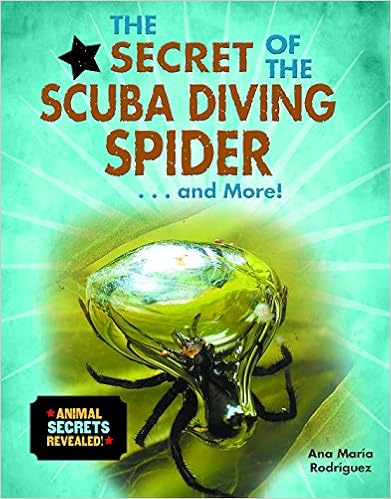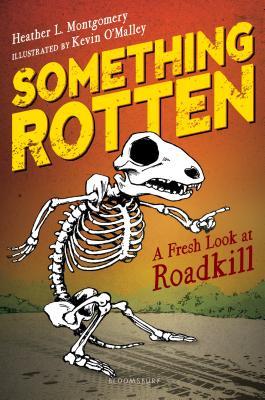
Kate has a lot going on in her life. Her dad moved out while struggling with depression, her best friend has made a new buddy while rehearsing for a musical, and her grandmother is suffering increasingly from dementia. As she struggles with all of these concerns, Kate also continues her karate classes, works through her recent nervousness around her pal Parker, tries to recover her love of music, and even manages to begin a friendship with her classmate Jane. Can Kate figure out a way to hold onto her father and her friend Sofia, while also letting others into her affection? And is her grandmother right when she says there is such a thing as everyday magic that can help? Kate's sensei tells her, "Do not focus on the pain. Focus only on the next move." He is talking about karate class, but that can be great advice for life in general.
I want to warn you now - by the time I finished this book, I had cried so much that my nose was stuffy and my eyes were red and puffy. Reading "My whole life is like a bike tire with a tiny hole leaking air. But I'm not leaking air. I'm leaking hope..." made my heart ache. There were plenty of lines like that, and they would make wonderful examples for a writing lesson. Here's another, "The truth thuds to the ground, a cement brick, echoing."
I would recommend this book for readers who enjoy realistic fiction, especially the sort of story that focuses on relationships and how characters work to build and maintain them. Kate is not perfect, but she feels very real for that reason. She will steal your heart - and that makes a magical story.
I read a review copy provided by the publisher.


![The Secrets of Ninja School by [Pilutti, Deb]](https://images-na.ssl-images-amazon.com/images/I/51aphrzGsdL.jpg)

![Everybody Needs a Buddy (The Big Idea Gang Book 1) by [Preller, James]](https://images-na.ssl-images-amazon.com/images/I/61z3nHSJ%2BvL._SY346_.jpg)
![The Worst Mascot Ever (The Big Idea Gang) by [Preller, James]](https://images-na.ssl-images-amazon.com/images/I/61cUf2m7NIL._SY346_.jpg)












